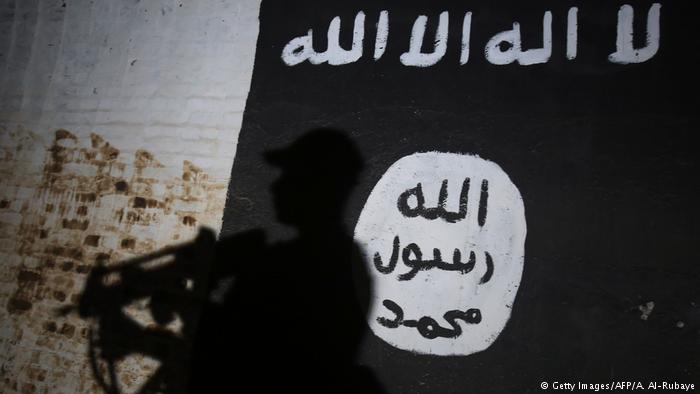
The African Union has said up to 6,000 Africans who fought for the so-called Islamic State jihadist group in Iraq and Syria could return home. DW spoke to security analyst Ryan Cummings on the implications.
The AU’s top security official warned African countries that the returning jihadists pose a serious threat to security and stability. Smail Chergui, the AU’s commissioner for peace and security, said the matter requires specific treatment and intense cooperation between African countries.
DW: What dangers do these returning jihadists pose?
Ryan Cummings: Obviously the most prominent danger is the fact that you could have potentially 6;000 battle-hardened Islamist extremists who spent significant time fighting in the Levant for the Islamic State returning to an African continent where Islamist extremism appears to be burgeoning.
Do you think some of these fighters have returned or do you think they will be returning soon in the future?
I think that their return may have been an ongoing case to these countries but I think that we must be slightly cautious in terms of assessing their impact. This is a kind of assessment that many of them would necessarily be returning to continue militancy within their respective countries. This is by no means trying to dilute the threat. It’s just that there potentially could be quite a large number of them who were disillusioned by the conflict that they were exposed to in the Levant. They might not necessarily continue insurgent activities within their own country. There could be others who are obviously motivated to kind of assimilate themselves within the existing militant groups that are operating on the African continent and it might just be that others are indifferent to the continuation of waging any form of warfare.
Now we know that most of these foreign fighters are from North African countries but a number of sub-Saharan African countries were also included, Do you have any specific information on what country would be really badly affected by all of these foreign fighters.
The premise is that returning foreign fighters are going to be a significant threat within the countries to which they return. I think we saw quite a number of Nigerian nationals traveling to places such as Libya and then also to the Levant to obviously assist the Islamic State in that role. Interestingly enough, there was quite a large number of Senegalese people that were perceived as being transmitted to foreign conflicts for the purposes of joining Islamist extremist groups. Across the border in East Africa, we saw some Kenyan nationals travel to the Levant as well. Even down in South Africa, there were documented cases, I think the Iraqi ambassador at the time mentioned that potentially in excess of 100 South African nationals had traveled to Syria to join Islamic extremist movements there.
What should the African governments do now. Should these returning fighters be arrested and punished for their involvement in a war in Iraq in Syria or should they be rehabilitated?
I think it’s something that the government would probably have to look at on a case by case basis. For example, we saw in Tunisia recently there was some legislation being promulgated in terms of trying to rehabilitate Islamist extremists back into their communities and kind of engaging in a deep de-radicalization program. But in itself, it caused significant social instability in the communities because we saw quite a large number of protests that were taking place in cities such as Tunis. And I think a few other cities in Tunisia as well, where there was quite a large presence to such initiatives because the communities didn’t want these individuals to be reintegrated. They wanted them to be prosecuted for the role that they played in Islamist extremism within the Levant. And again that’s going to be a paradox that the state needs to face. In addition to a kind of having to deal with the threat that rehabilitated individuals could potentially pose.
Ryan Cummings is a security analyst with Signal Risk.




